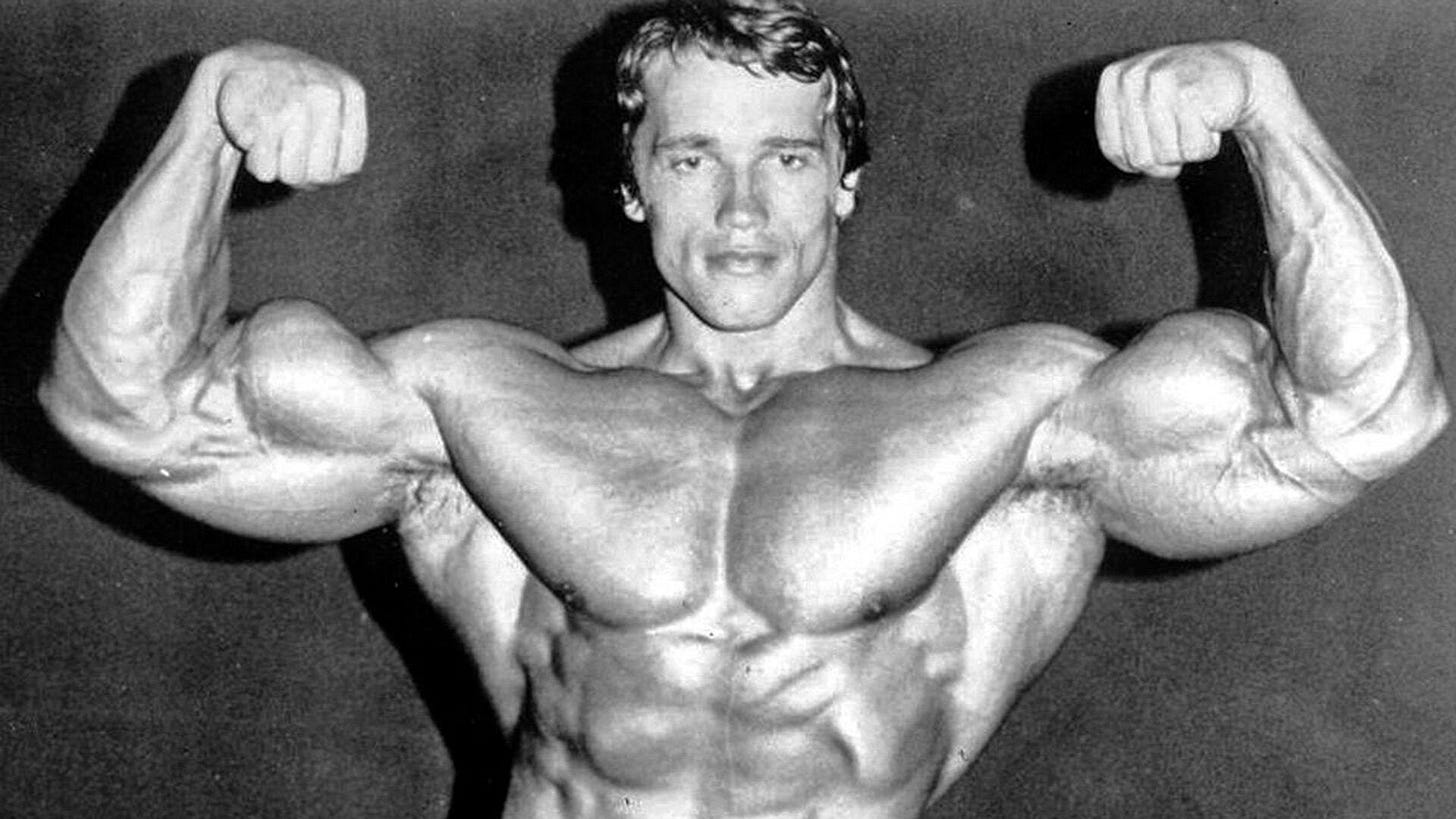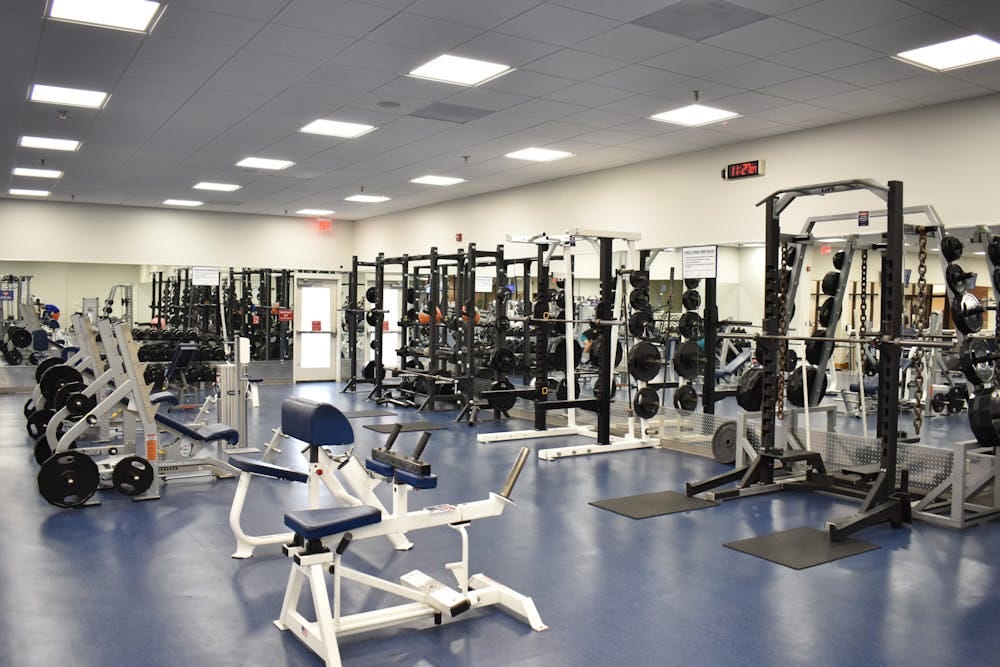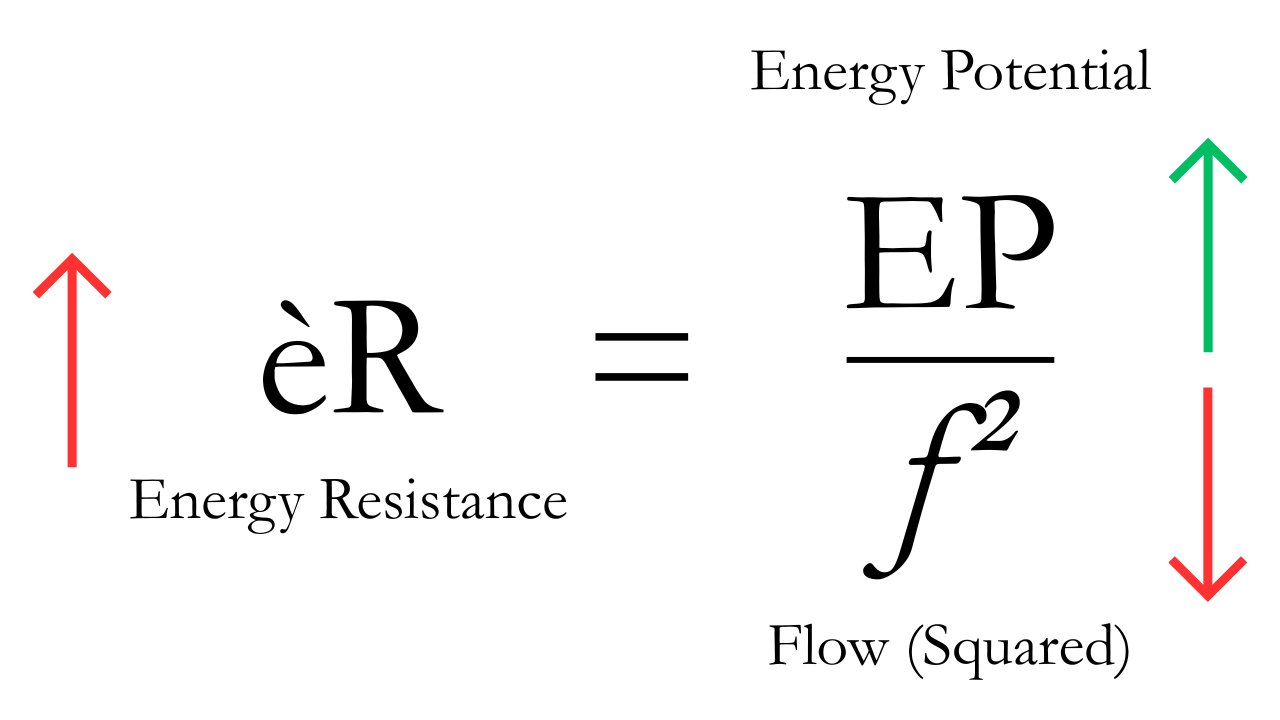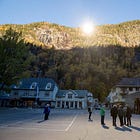Gym culture has exploded in the last several decades as we have become more and more detached from what true health is. In some sense, gym culture is a modern, shining example of the body's incredible adaptive and transformative capacity. However, we have collectively conflated muscularity and endurance with health — a dangerous misnomer that may not only be false, but anti-useful. Big muscles do not make you live longer. In fact, they may be promoting the exact opposite effect. Building a larger mitochondrial colony while in an environment they cannot function causes excessive resistance in our bioenergetic circuit.

Lessons from Ancestors & Centenarians
Examining hunter-gatherer populations (and even post-agricultural populations yet to be industrialised), what becomes abundantly clear is that they were consistently very lean, mobile yet exceedingly strong. Their musculature was extremely efficient without having a common hypertrophic pattern many strive for today. The preferential use of isolated, lever-and-pulley-type movements builds musculature in a way that does not reflect functional movements or match the biomechanics of the human body. Movements like deadlifts, bench press and squats can promote adaptations that wind up being functional only in the gym, and dysfunctional in the real world.
“[I]f you're not doing [deadlifts] for deadlifts sake then don't fucking do it, the risk to reward ratio is a joke”
— Robert Oberst on the Joe Rogan Experience.

Going further, there is a profound trend in centenarians that is difficult to ignore. Those who age in good health and live long lives never exhibit the muscular type our modern Western culture idolises. Centenarians are typically very lean, yet maintain strength and bone density that allows them to be adequately mobile. Mobility is critical as it allows the body to engage in functional, dissipative activities that promote longevity.1 Big muscles do not linearly correlate with strength, just look at Anatoly.
We are conditioned in some sense to believe that big muscles are associated with better health and longevity. This message is somewhat insidious as there is little literature to suggest that deadlifting is an optimal (or even viable) strategy for health promotion and longer life. In fact, premature mortality is a common trait in highly physically active and muscular individuals. This is largely due to the fact that muscles are almost always build indoors, in air conditioned rooms and under flickering visible-only lighting.

Exercise can result in a host of beneficial biological effects. Not only can it promote strength, it initiates various biochemical cascades that increase cognitive function, improve sleep quality and enhance both immune responsiveness and functionality. It does this as a response to the stress that exercise places on the body. This eustress2 is a vital aspect of the body's dissipative capacity. But when we build muscle, this comes with an increased mitochondrial density too. At the surface, this might seem like a good thing — something that is desired. Indeed, increased mitochondrial biogenesis is an important benefit of movement and engaging in challenging physical tasks. So if gym junkies have massive colonies of mitochondria in their myocytes, why do they tend to succumb to modern illnesses and die early? How could mitochondrial density be a maladaptive trait?
A Fundamental Approach
A recent publication from Martin Picard and Nirosha Murugan has put forward a framework for understanding bioenergetic flow3. Their 'energy resistance principle' incorporates elements of Ohm's law and a principle from Harold Morowitz in order to understand how energy flow organises systems.

Consider energy moving without constraints; with no structure(s) to channel the energy and place resistance on the flow in specific ways, we would expect to see maximum dissipation; an explosion. Resistance allows for coherent transformation and channeling of energy within a system.4 Without it, energy dissipates incoherently without any opportunity for energy to be stored and cycled within the system. In Picard’s formulation, energy resistance (èR) is equal to the energy potential (EP) divided by the flow squared (f²).

Building a large mitochondrial colony increases EP — more mitochondria, more energy potential. So what about flow? Flow refers to the journey of an electron to molecular oxygen at complex IV, cytochrome c oxidase. Mitochondrial dysfunction is essentially the diminished capacity to flow electrons through the respiratory proteins to generate proton gradients, metabolic water and carbon dioxide. Modern life is full of exposures that reduce f². The primary factor that reduces energy flow is visible-only lighting.5
“Life is an electron looking for a place to rest”
— Albert Szent-Györgyi
Most of the solar photons that reach us concentrate at about 0.75eV, which corresponds to wavelengths in the NIR. These photons are within the relatively narrow tissue transparency window of biological tissue, where they are able to propagate throughout the body with high efficiency. While on their ‘random walks’, these NIR photons impart energy to the outer electrons of biomolecules and/or free electrons present in the mitochondrial respiratory chain. This additional ≈0.75eV energy facilitates more efficient energy flow6, explaining the results seen by Powner and Jeffrey in their 2024 paper.

Gyms are completely devoid of this crucial aspect of solar radiation, without which, energy flow is perturbed and our photometabolism breaks down. So what we see in those who exercise indoors is a double burden:
Increased mitochondrial biogenesis (↑EP)
Perturbation of photometabolism (↓f²)

Using Picard’s model, we can deduce that this pattern generates an overall increase in biological energy resistance. Excessive resistance is a fundamental cause of modern, chronic disease, yet this is precisely the pattern that is being perpetuated by exercise (particularly hypertrophic) indoors. While one may look like they are healthy and thriving, they are home to a mass colony of mitochondria that are ailing. Their muscles are fundamentally shaping the bioenergetic circuit, promoting excessive resistance that could be alleviated by exercising outdoors, earthed, and away from the burdens of anthropogenic electromagnetic energy.

Bottom Line
All of this is to say that we have defendable, fundamental reasons to explain why those who are exercise addicts/gym junkies tend to die prematurely. Increasing energy potential through mitochondrial biogenesis while simultaneously living in an environment that reduces energy flow, necessarily increases energy resistance. Excessive energy resistance is a fundamental cause of chronic disease and premature ageing/death. Thinking about it from this fundamental perspective can not only make sense of what we observe in the real world, but also provide guidance for building muscle without increasing bioenergetic resistance.
Exercising should be outdoors, in natural environmental influences. Indoors, under artificial light, the stage is set to excessively increase energy resistance in the system; particularly when this is a repeated, long-term behaviour. I believe that this principle accurately predicts what we see with this subgroup within the population. Exercising regularly under the influence of signals that perturb the flow of electrons to molecular oxygen will increase energy resistance by definition. Increasing muscle mass, and thus mitochondrial density, increases EP. Without an accompanying increase in f², increased muscle mass tends to raise èR. This fundamental shift over extended periods of time can undoubtably lead to chronic illness and ultimately premature death.
This is not to suggest that occasionally exercising indoors is a priori ‘bad’ for health. However, what we see is a trend of those who over exercise and/or have excessing muscle mass are at risk of increasing their bioenergetic resistance such that health is compromised. The key here is to focus on optimising the flow of electrons through the mitochondrial respiratory complexes. This limits resistance, particularly where EP is also increased (increased muscle density). This boils down to the same pillars of health we must be familiar with regardless of health goals: sun, sleep, mindset, hydration, nutrition, connection, purpose.
Summary
It is culturally accepted that being muscular or working out in the gym regularly is healthy. Yet centenarians never match this archetype. In fact, it is not uncommon to hear of premature deaths in those who are highly active and/or have excessive muscle tissue.
Building muscle increases mitochondrial biogenesis, effectively increasing the energy potential of the body.
Using Picard and Murugan’s ‘Energy Resistance Principle’, we can deduce that an increase in energy potential without a requisite increase in energy flow necessarily raises the resistance in the bioenergetic system. This resistance, if excessive and/or long-term, is a fundamental cause of disease and premature death.
Building mitochondrial colonies in environments that are not conducive to energetic flow, such as artificially lit gyms, may set up the conditions for ill health and disease as predicted by the energy resistance principle.
Related Articles
Relevant Podcasts
Nirosha Murugan: The Energetic Landscape of Life
Bob Fosbury & Scott Zimmerman: How & Why Life is Solar Powered
Jack Kruse: Mate Selection, DNA, Bioelectricity & Thermodynamics
Dissipating energy through movement/exercise is a key way in which systems are adaptive. Simply walking is an extremely beneficial way to maintain structure and function at all stages of life as it is a mild dissipater, much like plant-hormetic compounds.
Eustress is a concept where the stress response is such that the fitness of the system is enhanced as a result. This type of stress is synonymous with cold exposure, plant-hormetic compounds and exercise. These exposures are inherently stressful, however, can promote net-beneficial responses when the intensity is within a specific range. Stress promotes dissipation, a pivotal facet of complex systems that operate far from equilibrium. Dissipation allows such systems to resist the pull of entropy by exchanging energy with the environment. This is why moderate-intensity movement generally promotes health whereas high-intensity movement does the exact opposite — there is a goldilocks zone for dissipation.
This paper is only a preprint, however, it should be published by about July 2025. See my podcast with the coauthor Nirosha Murugan here.
It is for this reason that origins of life theories must being with structures that facilitate this energetic resistance. Without an initial structure to place constraints on energy flow, order and organisational upscaling is not permitted. This is precisely what we see in Nick Lane’s origins of life theory with alkaline hydrothermal vents. Not only was there a charge gradient, but the pore structures in the vents allowed for constraints to be placed on energetic flow, leading to further organisation and, ostensibly, increasing complexity; a negentropic system.
There are many other things that influence f² like nutrient status, psychological issues and toxins like heavy metals. However, for the purposes of this article, the light of photometabolism is the primary focus.
I have written about this in more detail in my article, “Do Humans Photosynthesise?: What does our branch of life do with solar energy?”.








As always, I learn something new from your posts, even on topics I thought I knew very well.
This one is even more amazing than usual, an original and creative synthesis of intellectual analysis and real-life observations. Thank you, Cameron!